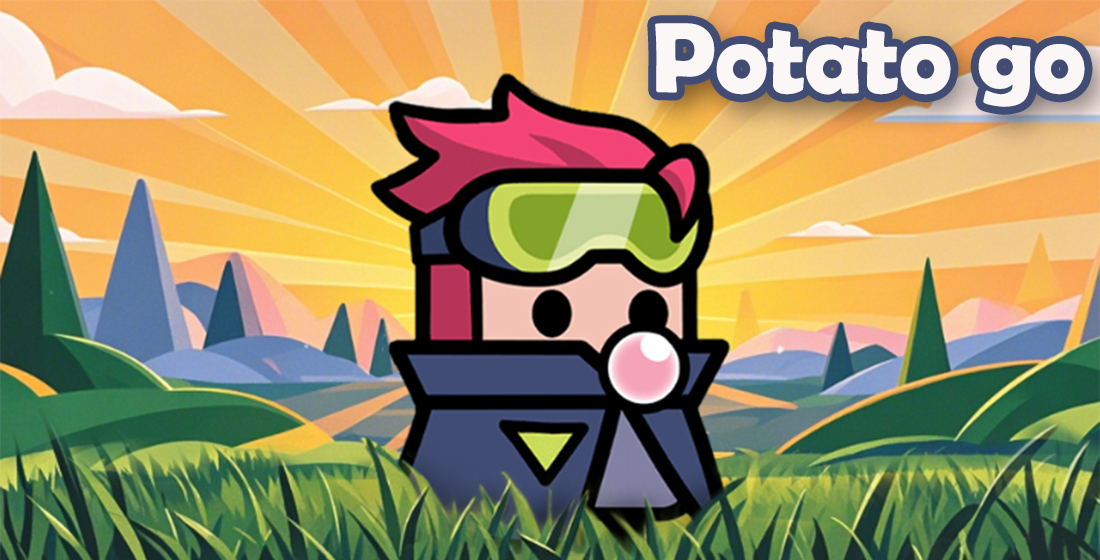Unleashing Creativity: How Simulation Games Are Revolutionizing Strategy Game Mechanics
In the gaming world, simulation games are increasingly becoming a focal point for innovation, especially when it comes to enhancing the mechanics of traditional strategy games. As developers continue to push boundaries, players are witnessing a unique intersection of creativity and gameplay that reshapes their gaming experiences. This article delves into how this evolution is impacting not just game design but also player engagement.
The Rise of Simulation Games
Simulation games allow players to immerse themselves in realistic environments that mirror real-world scenarios. Titles like "The Sims" and "Cities: Skylines" have set the stage for gamers to build, manage, and even control lives or cities. However, it’s not just about building; it’s often about strategic decision-making.
One of the critical aspects of simulation games is their ability to foster creativity by providing a sandbox environment where players can experiment without the fear of failure. This form of gameplay encourages innovative thinking, allowing players to approach problems from multiple angles—an essential skill in strategy games.
Infusing Strategy Mechanics into Simulation Games
As imagination meets strategy, elements from simulation games have seeped into traditional strategy formats. For instance, the game "Tears of the Kingdom" introduces puzzles like the desert light puzzle, which merges tactical planning with creative problem-solving. Players must think critically about resource management and the positioning of objects to complete objectives, leading to a richer overall experience.
By analyzing player behavior—seeking out innovative solutions within the framework of structured challenges—developers are increasingly integrating complex decision-making scenarios that offer fresh challenges. Here is a comparison of how strategy and simulation games differ in mechanics:
| Feature | Strategy Games | Simulation Games |
|---|---|---|
| Objective | Defeat an opponent, complete mission | Building and exploring life scenarios |
| Gameplay Style | Turn-based, real-time | Open-world, management |
| Player Engagement | Competition, challenge-driven | Creativity, exploration-driven |
The Benefits of Combining Simulation and Strategy
This cross-pollination of genres benefits players in ways such as:
- Enhanced Problem-Solving Skills: Combining tactical gameplay with creative exploration leads to improved cognitive skills.
- Diverse Gameplay Experience: Players enjoy varied styles, keeping the gaming experience fresh and engaging.
- Increased Replay Value: The unpredictability and freedom offered by simulation mechanics enhance the desire to replay the game for different outcomes.
The Emerging Trend of Unblocked Games
With the rise of unblocked games, such as "Potato," more players have access to these engaging experiences in schools or workplaces. Unblocked games have become popular among gamers seeking to enjoy simulation and strategy mechanics without restrictions. This trend fosters a more inclusive gaming environment and allows for creative expression through gameplay, even in constrained settings.
Conclusion
The synergy between simulation games and strategy games is revolutionizing how players approach challenges, unlocking new potential in gameplay mechanics and creative thinking. As this trend continues to grow, players in places like South Africa can expect a wave of exciting innovations that not only challenge traditional gaming norms but also broaden the horizons of what video games can achieve. As we observe this evolution, one thing is clear: the future of gaming lies at the intersection of creativity and strategy.



